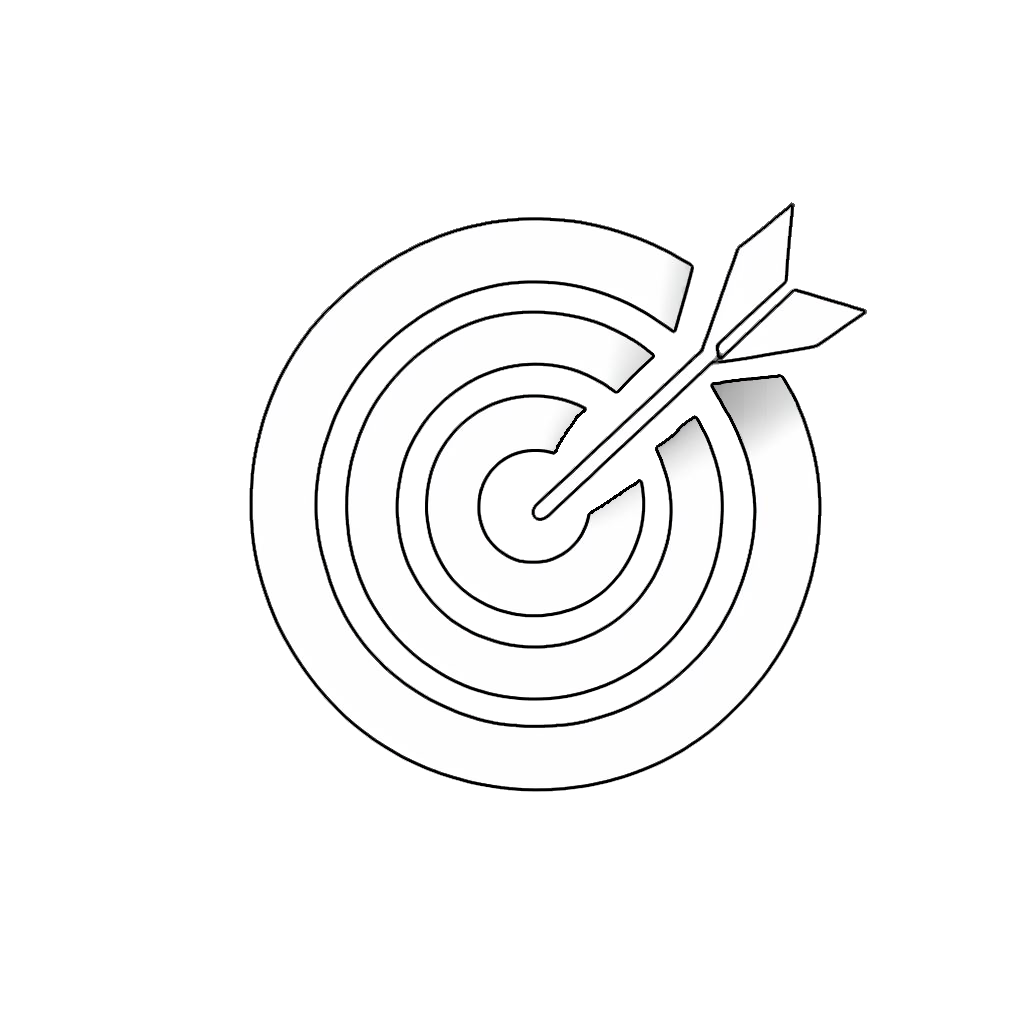Introduction to Education
 Course Outcomes
Course Outcomes
- Describe the historical timeline of education in the United States.
- Compare and contrast educational philosophies.
- Compare and contrast learning theories.
- Determine personal motivation, goals, and the process for becoming a teacher and continuing professional growth.
- Create plans for an inclusive learning environment.
- Navigate the contemporary structures and processes common to American public school systems.
- Identify evidence-based practices for enhancing student motivation in learning.
Disposition. The teacher sees him/herself as a learner, continuously seeking opportunities to draw upon current education policy and research as sources of analysis and reflection to improve practice.
Knowledge. The teacher understands schools as organizations within a historical, cultural, political, and social context and knows how to work with others across the system to support learners.
Disposition. The teacher values flexibility and reciprocity in the teaching process as necessary for adapting instruction to learner responses, ideas, and needs.
Performance. Independently and in collaboration with colleagues, the teacher uses a variety of data (e.g., systematic observation, information about learners, research) to evaluate the outcomes of teaching and learning and to adapt planning and practice.
Knowledge. The teacher understands laws related to learners’ rights and teacher responsibilities (e.g., for educational equity, appropriate education for learners with disabilities, confidentiality, privacy, appropriate treatment of learners, reporting in situations related to possible child abuse).
Disposition. The teacher is committed to deepening understanding of his/her own frames of reference (e.g., culture, gender, language, abilities, ways of knowing), the potential biases in these frames, and their impact on expectations for and relationships with learners and their families.
Knowledge. The teacher understands how learning occurs-- how learners construct knowledge, acquire skills, and develop disciplined thinking processes--and knows how to use instructional strategies that promote student learning.
Knowledge. The teacher understands and identifies differences in approaches to learning and performance and knows how to design instruction that uses each learner’s strengths to promote growth.
Knowledge. The teacher understands the relationship between motivation and engagement and knows how to design learning experiences using strategies that build learner self-direction and ownership of learning.
Knowledge. The teacher understands critical thinking processes and knows how to help learners develop high level questioning skills to promote their independent learning.
Disposition. The teacher values flexible learning environments that encourage learner exploration, discovery, and expression across content areas.
Knowledge. The teacher understands learning theory, human development, cultural diversity, and individual differences and how these impact ongoing planning.
Performance. The teacher engages in meaningful and appropriate professional learning experiences aligned with his/her own needs and the needs of the learners, school, and system.
Performance. The teacher actively seeks professional, community, and technological resources, within and outside the school, as supports for analysis, reflection, and problem-solving.
Performance. The teacher reflects on his/her personal biases and accesses resources to deepen his/her own understanding of cultural, ethnic, gender, and learning differences to build stronger relationships and create more relevant learning experiences.
Knowledge. The teacher understands how personal identity, worldview, and prior experience affect perceptions and expectations, and recognizes how they may bias behaviors and interactions with others.
Knowledge. The teacher knows how to build and implement a plan for professional growth directly aligned with his/her needs as a growing professional using feedback from teacher evaluations and observations, data on learner performance, and school- and system-wide priorities.
Disposition. The teacher takes responsibility for student learning and uses ongoing analysis and reflection to improve planning and practice.
Disposition. The teacher understands the expectations of the profession including codes of ethics, professional standards of practice, and relevant law and policy.
Performance. The teacher takes on leadership roles at the school, district, state, and/or national level and advocates for learners, the school, the community, and the profession.
Disposition. The teacher embraces the challenge of continuous improvement and change.
Knowledge. The teacher understands that each learner’s cognitive, linguistic, social, emotional, and physical development influences learning and knows how to make instructional decisions that build on learners’ strengths and needs.
Disposition. The teacher respects learners’ differing strengths and needs and is committed to using this information to further each learner’s development.
Disposition. The teacher values the input and contributions of families, colleagues, and other professionals in understanding and supporting each learner’s development.
Knowledge. The teacher understands students with exceptional needs, including those associated with disabilities and giftedness, and knows how to use strategies and resources to address these needs.
Knowledge. The teacher understands that learners bring assets for learning based on their individual experiences, abilities, talents, prior learning, and peer and social group interactions, as well as language, culture, family, and community values.
Disposition. The teacher believes that all learners can achieve at high levels and persists in helping each learner reach his/her full potential.
Performance. The teacher collaborates with learners, families, and colleagues to build a safe, positive learning climate of openness, mutual respect, support, and inquiry.
Knowledge. The teacher understands the cognitive processes associated with various kinds of learning (e.g., critical and creative thinking, problem framing and problem solving, invention, memorization and recall) and how these processes can be stimulated.
Disposition. The teacher respects families’ beliefs, norms, and expectations and seeks to work collaboratively with learners and families in setting and meeting challenging goals.
Performance. The teacher advocates to meet the needs of learners, to strengthen the learning environment, and to enact system change.
Disposition. The teacher actively shares responsibility for shaping and supporting the mission of his/her school as one of advocacy for learners and accountability for their success.
Disposition. The teacher makes learners feel valued and helps them learn to value each other.
Performance. The teacher engages learners in applying content knowledge to real world problems through the lens of interdisciplinary themes (e.g., financial literacy, environmental literacy).
Performance. The teacher engages learners in questioning and challenging assumptions and approaches in order to foster innovation and problem solving in local and global contexts.
